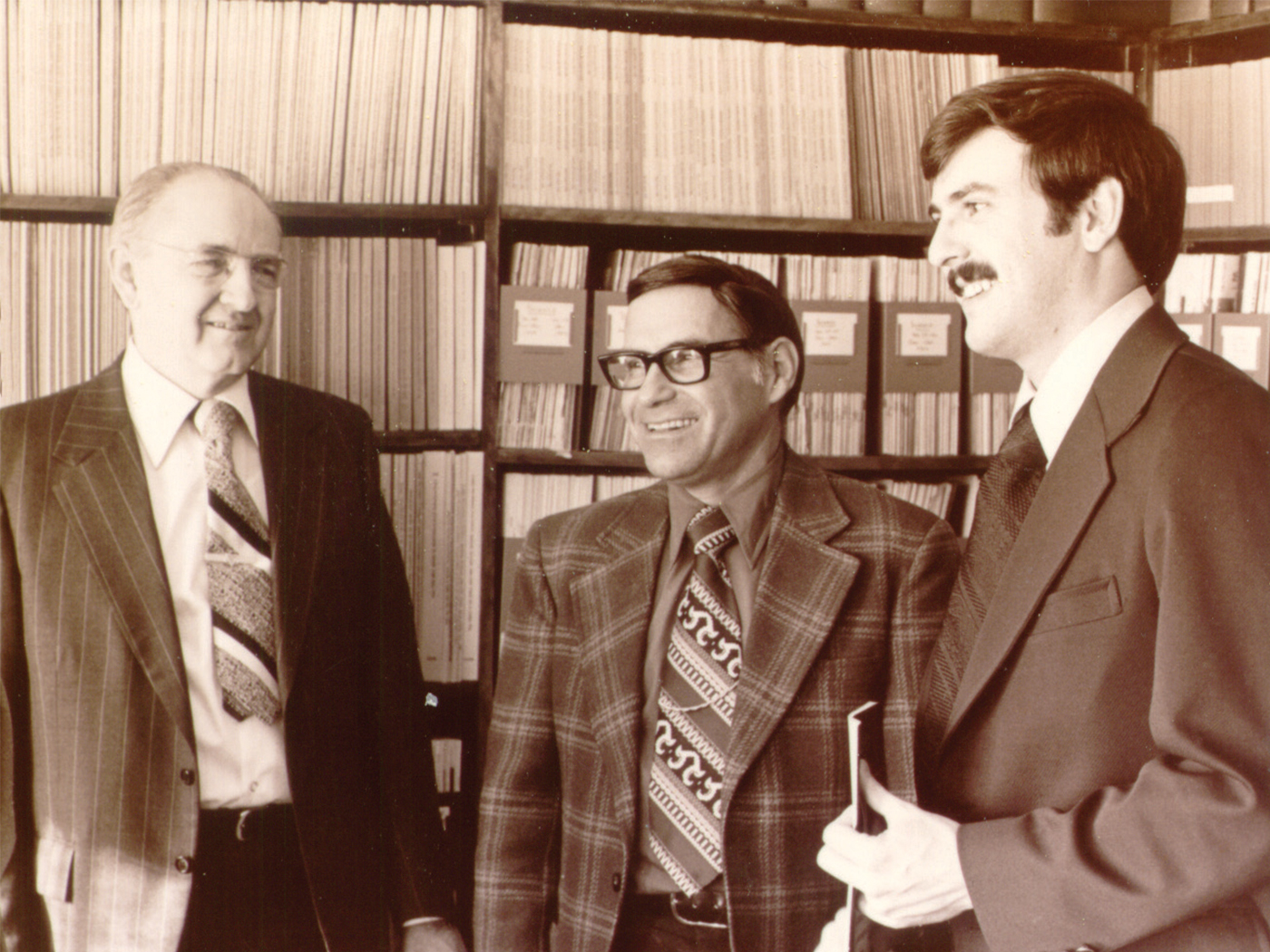Inside September 2021 Acts & Facts
Why does ICR focus on scientific research? How could paleontologists mistake a lizard fossil for a dinosaur? Is animal death before the Fall theologically or scientifically sound? How should you respond to misguided or hostile remarks about your faith? Discover the answers to these questions and more in the September 2021 issue of Acts & Facts!

ICR Contributes to 2021 Creation Research Society Meeting
About 150 people attended the 2021 Creation Research Society Meeting (July 23-24), roughly double the number of attendees at the first meeting in 2009.1 With the exception of the Creation Science Movement in the United Kingdom, the CRS is the oldest creation science organization in the world, founded in 1963 by Dr. Henry M.

Does Ganymede Look Young?
On June 7, 2021, NASA’s Juno spacecraft flew closer to Jupiter’s moon Ganymede than any spacecraft had ever before. Ganymede is the largest moon in the Solar System—a body larger than the planet Mercury. Its frozen surface holds interest as a distant water source. Analysts still ponder three unique features of Ganymede, one of which they’re now seeing for the first time.

Seed Water Sensor Confirms CET Design Model
The sprouting of a seed is crucial to not only the beginning of a plant’s life, but all life on earth. Despite this fundamental process of importance to plant biology, scientists are baffled over how seeds detect when there’s enough water to germinate. This mystery is now beginning to unfold and nothing less than finely tuned engineering is the clear result.

Venus Likely Geologically Active
In June 2021, researchers used radar images from the Magellan spacecraft to show that crustal blocks on the Venusian surface jostle against one another like blocks of pack ice on a lake.1 This is just one of multiple lines of evidence that Venus is geologically active, and thus looks younger than expected.2






